I genuinely felt it was relevant to write something on the effects of PTSD on children. The situation at the US border and the number of children traumatized by this travesty is heartbreaking. Then I thought of the children being traumatized in Yemen and Syria, and then the list got longer and longer. I can’t understand, nor can I accept, the horrors being afflicted on them daily by heartless and unconscious leaders. People who think of only power and money when they let their most valuable assets perish suffer from this life-threatening trauma. If we want to do better, we need to start with confronting trauma’s effect on ourselves and the world.
When you think of PTSD, you often think of military soldiers who have seen the horrors of war. PTSD is an after-effect of being in the middle of a combat zone, but there are other war zones in civilians’ lives. Post-Traumatic Stress Disorder (PTSD) also affects the survivors of childhood emotional neglect, physical or emotional abuse, domestic violence, sexual assault, and rape. The victims suffer deeply from the symptoms of PTSD (a one-time occurrence of trauma) or Complex PTSD(which occurs in people who’ve experienced extreme violence and stress over an extended period). For people who suffer C-PTSD, stressful events make them feel trapped and thus hopeless. They may be physically or psychologically unable to escape as the children of war-torn countries.
Individuals, especially children, face combat and battle in invisible war zones that are incredibly traumatic and potentially damaging. According to the National Center for PTSD, children present PTSD differently than adults.
School-aged children aged 5 and 12 may not have flashbacks or problems remembering parts of the trauma like adults with PTSD. Instead, children might put the trauma events in the wrong order. They might also think there were signs that the trauma would happen. As a result, they feel that they will see these signs again before another trauma occurs. They believe that if they pay attention, they can avoid future traumas.
Children of this age might also show symptoms of PTSD in how they play. They might keep repeating a part of the trauma. These games do not make their worry and distress go away. For example, a child might always want to play shooting games after seeing a school shooting. Children may also fit parts of the trauma into their daily lives. For example, a child might carry a gun to school after seeing a school shooting. On the other hand, teens will show signs closer to adults and exhibit more aggressive or impulsive behavior. The most important thing for you to do in both cases is seeking help.
Donna Gills et al. and childwelfare.gov state the most effective treatment for PTSD for children is called Cognitive-Behavioral Therapy (CBT). One form of CBT is Trauma-Focused CBT.
- TF-CBT is the trauma-focused approach to psychotherapy, was first developed in the 1990s by psychiatrist Judith Cohen and psychologists Esther Deblinger and Anthony Mannarino, whose original intent was to serve better children and adolescents who had experienced sexual abuse.
- TF-CBT has expanded over the years to include services for youths who have experienced any form of severe trauma or abuse. Early trauma can lead to guilt, anger, feelings of powerlessness, self-abuse, acting out behavior, and mental health issues, such as depression and anxiety.
- Post-traumatic stress disorder, which affects children and adults, can manifest in many ways: bothersome recurring thoughts about the traumatic experience, emotional numbness, sleep issues, concentration problems, and extreme physical and emotional responses to anything that triggers a memory of the trauma.
- By integrating the theories and techniques of several therapeutic interventions, TF-CBT can address and improve the symptoms of post-traumatic stress in youth.
- There need to be between 8- 25 sessions to be effective.
Seeing your child suffering from trauma can seem like the most painful experience because it may remind you of your trauma. However, I will tell you what is more painful, knowing you need help, not seeking it, and watching their lives spiral out of control. If you or your child have experienced trauma, please seek help from a licensed medical professional because it could save both of your lives. PTSD does not need to ruin your life. There are very high success rates with TF-CBT treatments along with other therapies.
This Real Life Books are beneficial tools for therapy, and our mission is to aid in the process of recovering from trauma. Galaxy’s Whale is a book that encourages healing, self-love, and empathy. Get a copy here!
References
- U.S. Department of Health and Human Services. Child Welfare Information Gateway. Trauma-focused cognitive behavioral therapy for children affected by sexual abuse or trauma. August 2012. https://www.childwelfare.gov/pubs/trauma/.
- Gillies, D., Taylor, F., Gray, C., O’Brien, L., & D’Abrew, N. (2013). Psychological therapies for the treatment of post-traumatic stress disorder in children and adolescents (Review). Evidence-based child health : a Cochrane review journal, 8(3), 1004–1116. https://doi.org/10.1002/ebch.1916
- National Center of PTSD https://www.ptsd.va.gov
- Post-traumatic Stress Disorder in Children and Teens …. https://www.bradleyhospital.org/posttraumatic-stress-disorder-children-and-teens
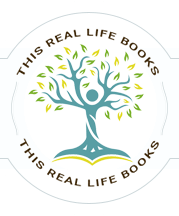
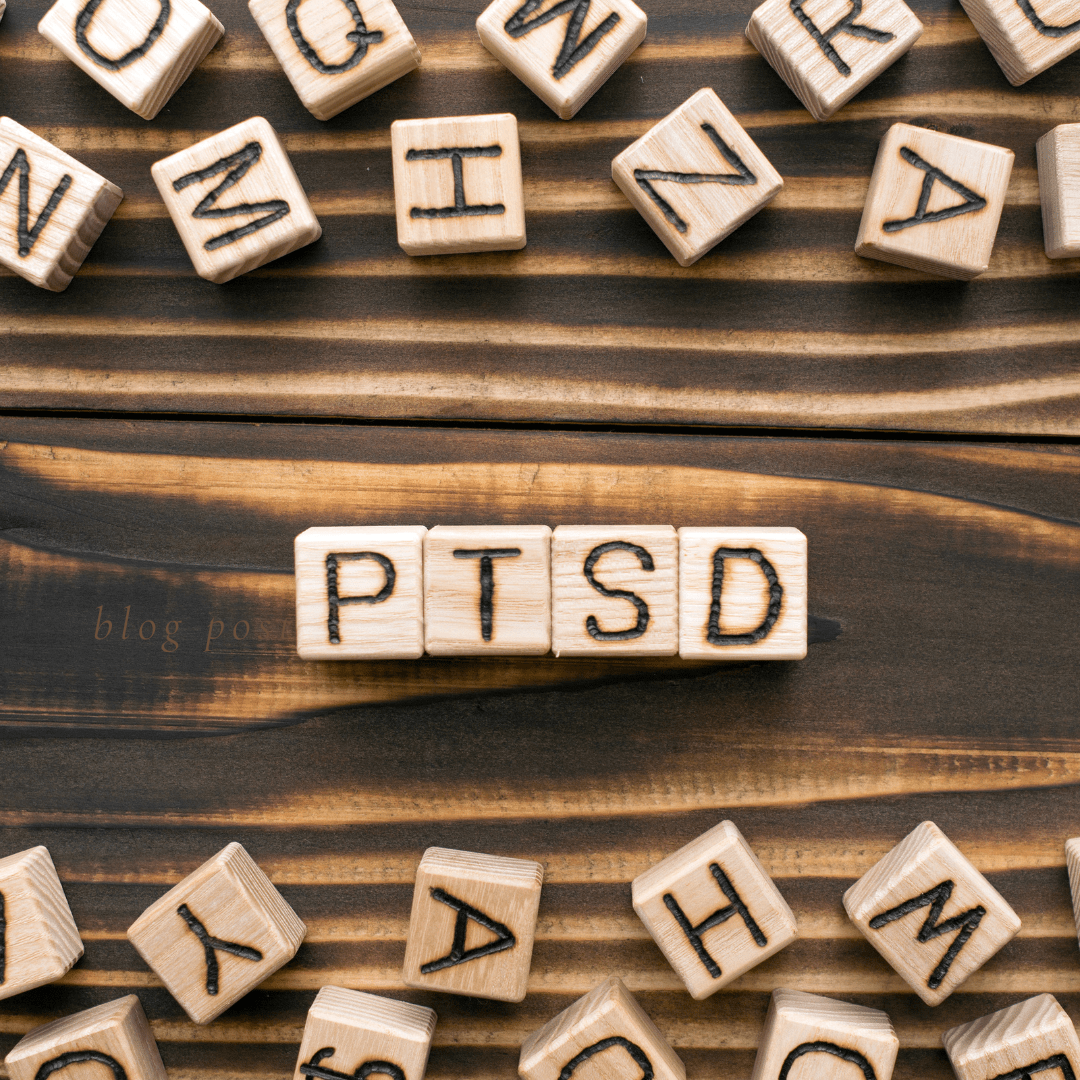
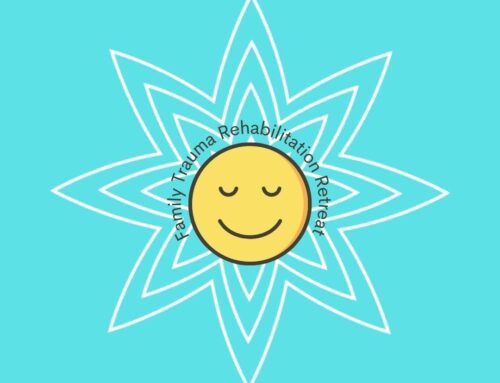
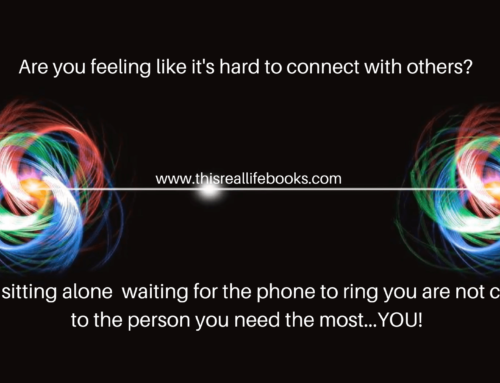
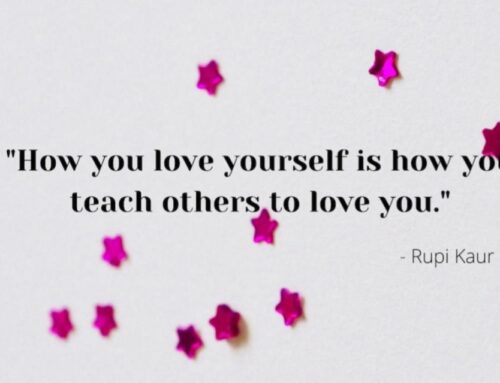
Leave A Comment